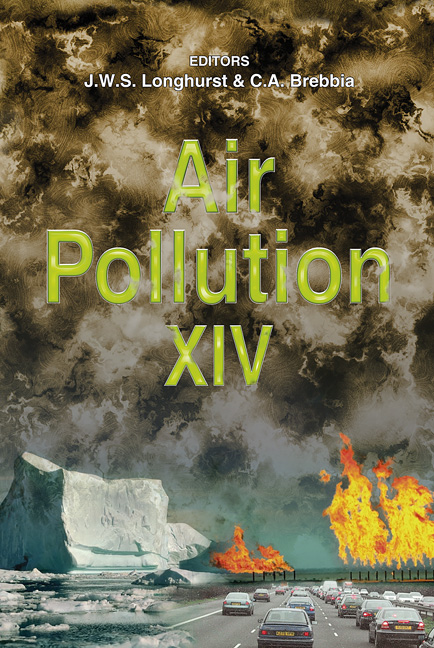Time Series Forecasting Of Hourly PM10 Values: Model Intercomparison And The Development Of Localized Linear Approaches
Price
Free (open access)
Transaction
Volume
86
Pages
10
Published
2006
Size
412 kb
Paper DOI
10.2495/AIR060091
Copyright
WIT Press
Author(s)
D. Vlachogiannis & A. Sfetsos
Abstract
This paper presents a comparison of various point modelling approaches, using time series analysis, on the prediction of hourly PM10 values from Helsinki, Finland. In addition to the conventional linear models and the commonly used feed forward neural networks (FFNN or MLP), hybrid modelling tools based on clustering and local linear models are introduced. The developed models are evaluated for their ability to produce accurate forecasts. The hybrid clustering algorithm returned the overall best forecasting ability, reducing prediction error from all conventional approaches by more than 15%. Keywords: time series models, neural networks, hybrid models. 1 Introduction Environmental health research demonstrated that particulate matter is a top priority pollutant for public health Studies of long-term exposure to air pollution, especially to particulate matter (PM), suggest an increased mortality e.g. [1], increased risk of cardiovascular related diseases [2], and of developing various types of cancer [3]. In order to evaluate the ambient air concentrations of particulate matter, a deterministic urban air quality model should include the modelling of turbulent diffusion, deposition, resuspension, chemical reactions and aerosol processes. In recent years an emerging trend is the application of machine learning algorithms (MLA), and especially Artificial Neural Networks (ANN) in PM modelling, as a means to derive both spatial and spatio-temporal predictions a from observations in a location of interest. The strength of these methodologies lies in their ability
Keywords
time series models, neural networks, hybrid models.





